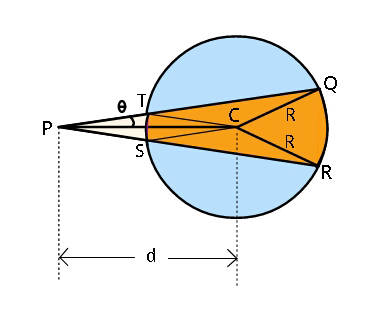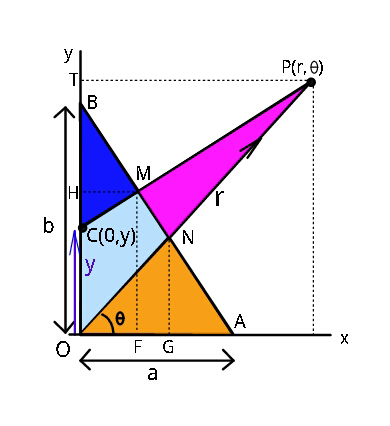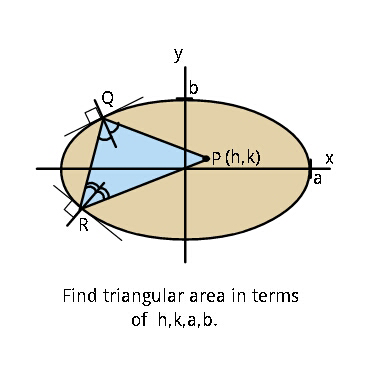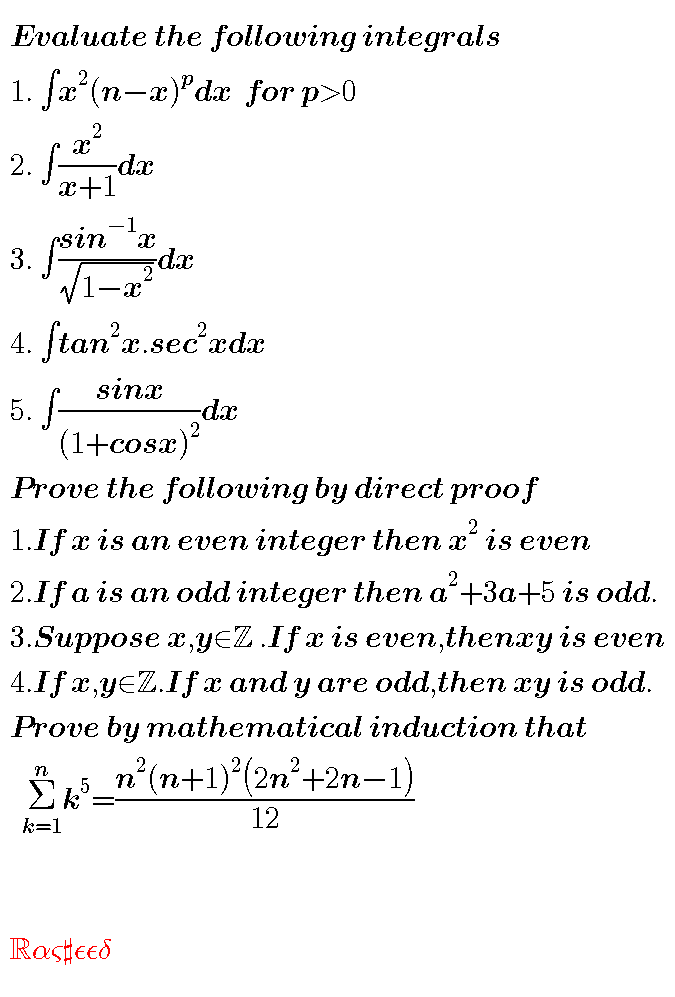
AllQuestion and Answers: Page 1704
Question Number 38032 Answers: 1 Comments: 1

Question Number 38025 Answers: 1 Comments: 0
Question Number 38024 Answers: 1 Comments: 0

Question Number 38015 Answers: 0 Comments: 6

Question Number 38012 Answers: 3 Comments: 1
Question Number 38011 Answers: 2 Comments: 0
Question Number 38006 Answers: 1 Comments: 5

Question Number 37972 Answers: 1 Comments: 0
Question Number 37991 Answers: 1 Comments: 4
Question Number 37989 Answers: 2 Comments: 7

Question Number 37964 Answers: 1 Comments: 0

Question Number 37961 Answers: 1 Comments: 0
Question Number 37957 Answers: 0 Comments: 0

Question Number 37953 Answers: 0 Comments: 1

Question Number 37948 Answers: 0 Comments: 1
Question Number 37940 Answers: 1 Comments: 0
Question Number 37938 Answers: 5 Comments: 5

Question Number 37945 Answers: 0 Comments: 10
Question Number 37930 Answers: 1 Comments: 1
Question Number 37922 Answers: 1 Comments: 2
Question Number 37915 Answers: 1 Comments: 0
Question Number 37914 Answers: 1 Comments: 0
Question Number 37913 Answers: 1 Comments: 0
Question Number 37912 Answers: 1 Comments: 1
Question Number 37911 Answers: 0 Comments: 1
Question Number 37906 Answers: 1 Comments: 0

Pg 1699 Pg 1700 Pg 1701 Pg 1702 Pg 1703 Pg 1704 Pg 1705 Pg 1706 Pg 1707 Pg 1708
